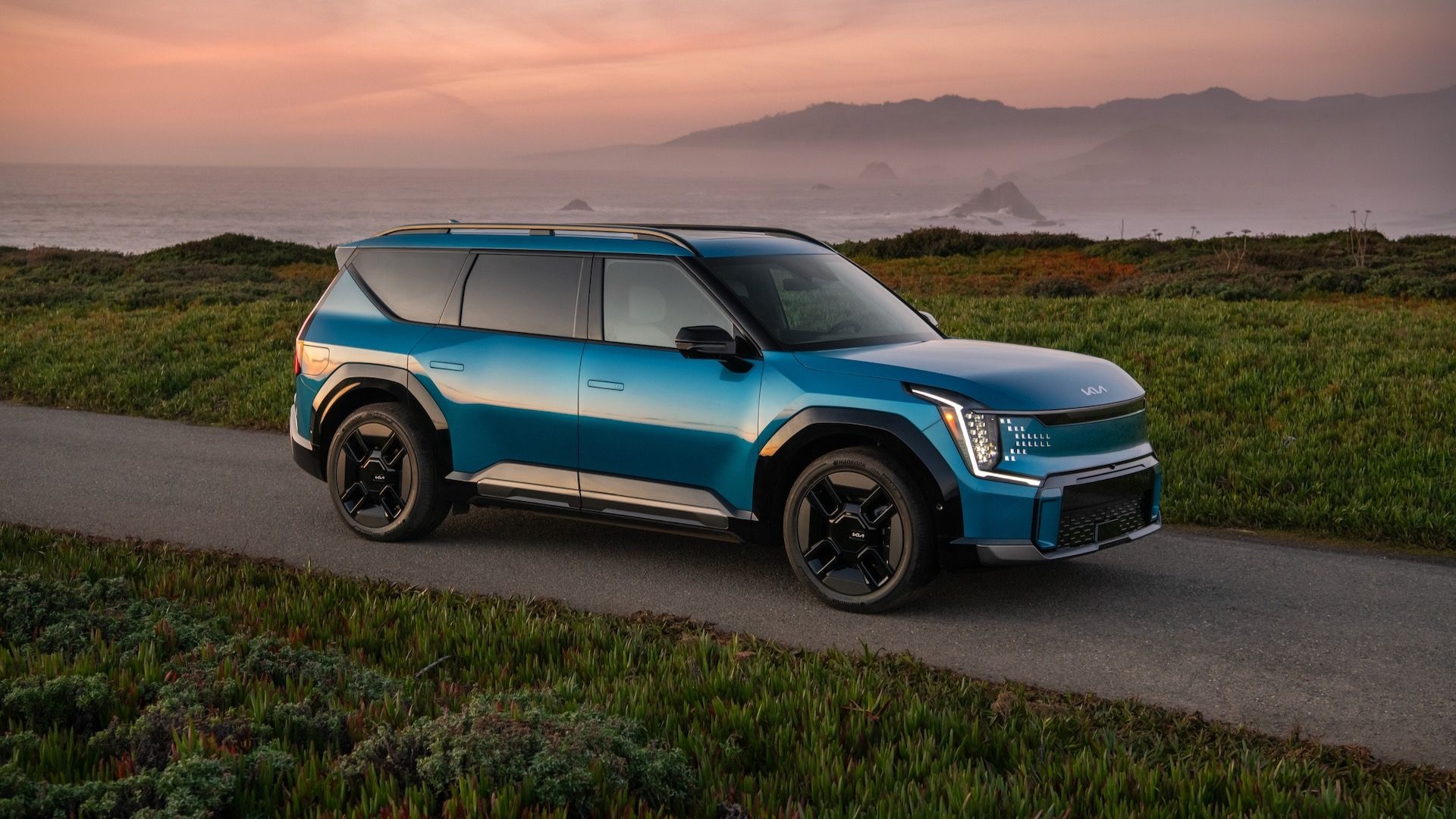Which automaker announced plans to cut battery degradation to 10 percent over 10 years?
Which states haven’t required EV sales but are among those with the highest EV registrations?
This is our look back at the Week In Reverse—right here at Green Car Reports—for the week ending September 10, 2021.
This week we brought you two first drives of updated Polestar 2 electric cars. First, the 2022 Polestar 2 single-motor showed us some very different priorities than the Tesla Model 3. Then the Polestar 2 dual-motor starts at $51,200 before incentives, and we looked at which option packages are worth it and why.
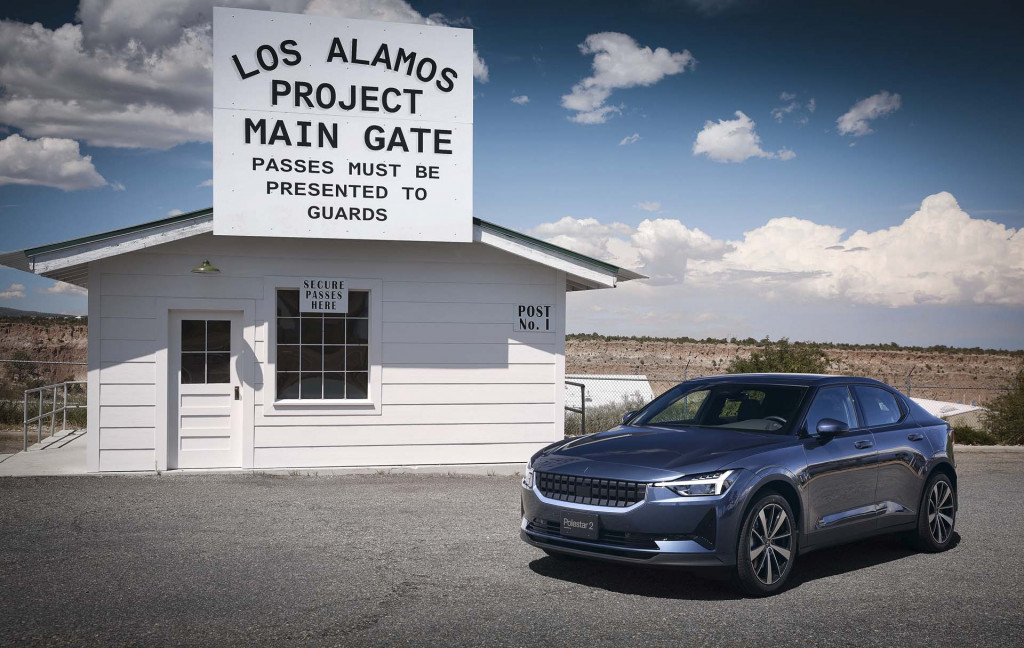
2022 Polestar 2 single-motor
We also tested the 2021 Mitsubishi Outlander Plug-In Hybrid, equipped with a Roofnest Condor rooftop pop-up tent, and found it to be a great go-light weekend getaway gear combination instead of worrying about pulling a trailer.
The Munich auto show was this week’s big event, and Mercedes-Benz released quite the set of new production-bound EVs. Probably the most noteworthy is the EQE electric sedan, which is about the same size as the Tesla Model S or Audi E-Tron GT but emphasizing its spacious cabin and true luxury-car experience throughout. It also showed the EQG Concept SUV, which points to a fully electric version of the boxy G-Class that’s an icon for off-roaders and status-seekers. It also said that it plans to make the model a reality.

2023 Mercedes-Benz EQE
And Mercedes-Benz released more details about a couple of EV models we’ve known about for some time. We got U.S. specs and some more info about the 2022 Mercedes EQB compact electric SUV. The GLB, due next year, is about the size of the Audi Q4 and Tesla Model Y and is expected to earn a range rating somewhat less than its 260-mile Euro WLTP rating. The company also revealed the Concept Mercedes-Maybach EQS, which hints at the upcoming—and potentially U.S.-made—luxury-SUV counterpart to the EQS fastback.
The BMW i Vision Circular concept presents the design for a compact vehicle in 2040, incorporating “circular economy” principles that aim to continually reuse materials. Although look for ideas from the concept to appear in BMW’s next-generation “Neue Klasse” EVs due to arrive starting in 2025. Volkswagen at the show previewed a small, affordable ($24,000) front-wheel-drive electric car with its ID.Life concept that was revealed at Munich; it marks the debut of a pared-down EV platform called MEB Small. And during the show, Hyundai teased its upcoming large electric SUV, likely called the Ioniq 7 and potentially due to be produced in the U.S. around 2024.
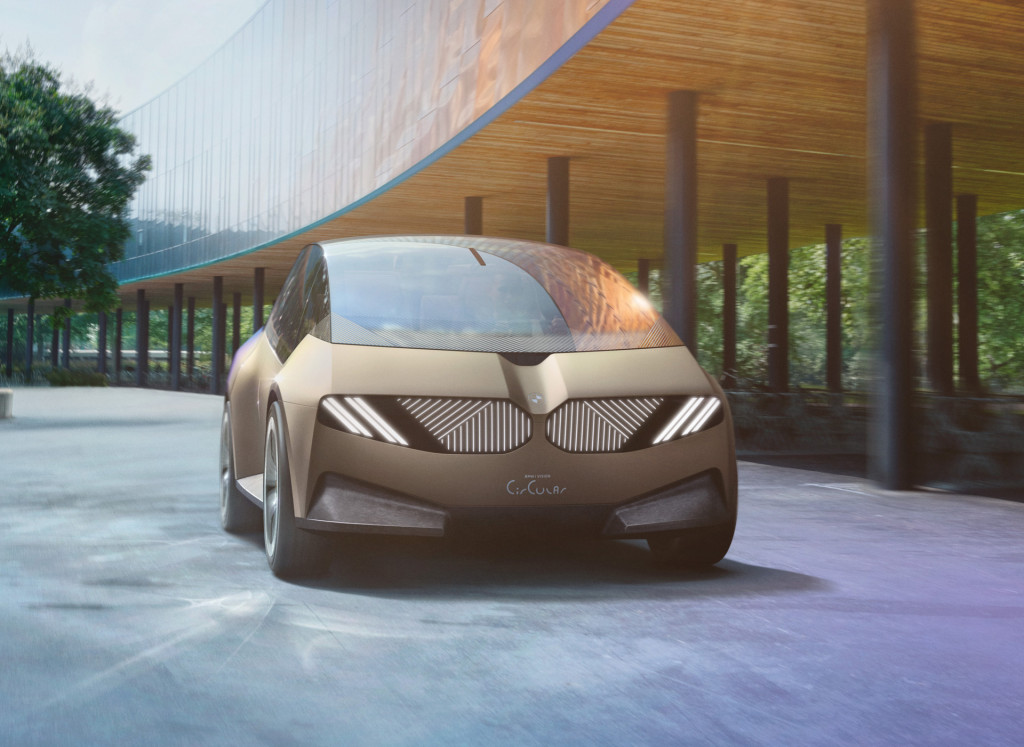
BMW i Vision Circular concept
Hyundai’s bigger announcement came early in the week, when it revealed its Hydrogen Wave vision that includes hopes to achieve hydrogen fuel-cell price parity with battery electric vehicles by 2030, a sports car, a cargo drone system, and plans for a full line of fuel-cell commercial-vehicle models by 2028.
Also at the start of the week, Toyota announced plans to spend more than $13.5 billion on battery development through 2030, with goals to reduce battery cost by up to 50%. The company is also aiming for longer battery lifespans, with the Toyota bZ4X electric car, due next year, to introduce a targeted 10% degradation in just 10 years.
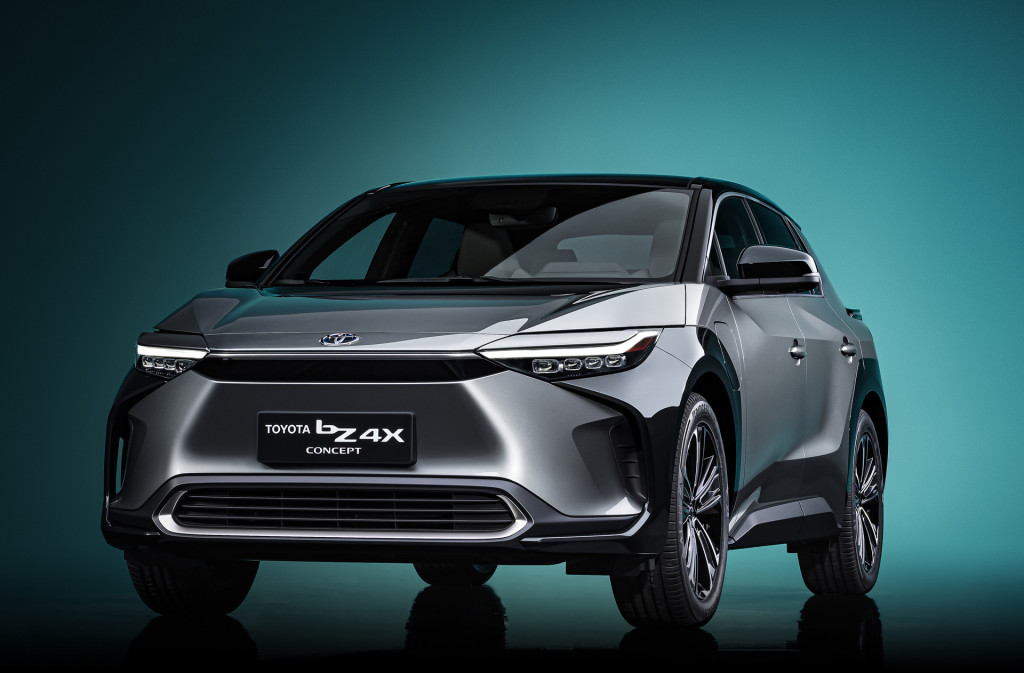
Toyota BZ4X concept - 2021 Shanghai auto show
Shell is planning to deploy technology from Germany’s Ubitricity, which it bought earlier this year, for the installation of 50,000 on-street EV charging stations in the UK by the end of 2025.
Sono Motors, the company behind the Sion solar-supplemented EV, which is primarily bound for Europe, says that it’s developing its own AC wallbox that that would permit the model to be used as a mobile power bank for solar energy or as home energy storage.
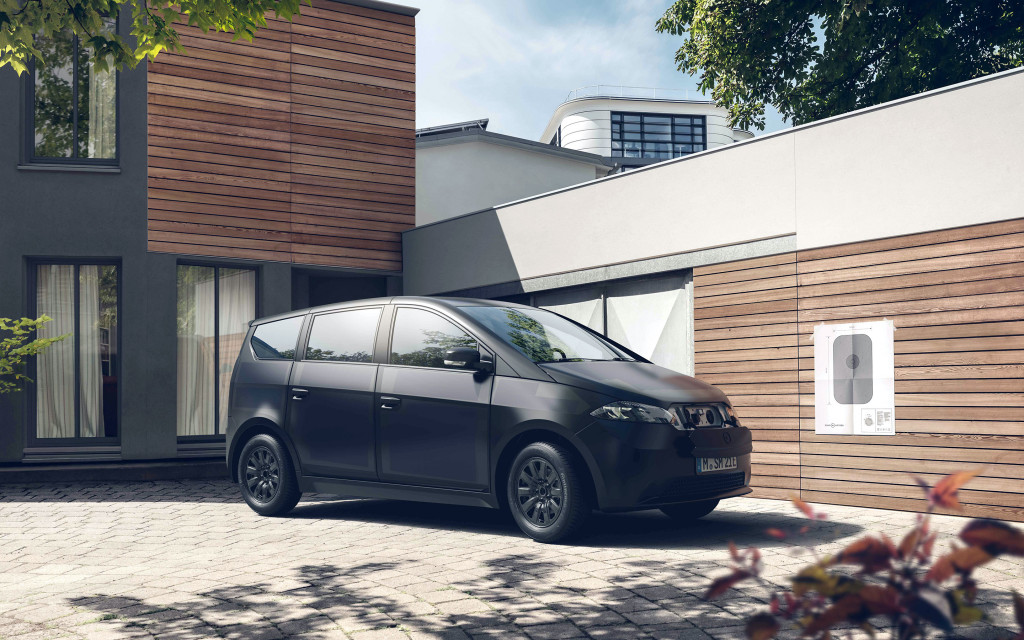
Sono Sion with wallbox
Three of the five states with the most electric vehicle registrations haven’t signed on to California’s ZEV mandate that requires EVs. Does the U.S. need a national EV mandate, or will strict fuel economy and emissions rules—or incentives—suffice?
A report released last month, including contributions from Consumer Reports and the Union of Concerned Scientists, found that shifting the federal vehicle fleet to EVs could save U.S. taxpayers up to $4.6 billion by 2030.
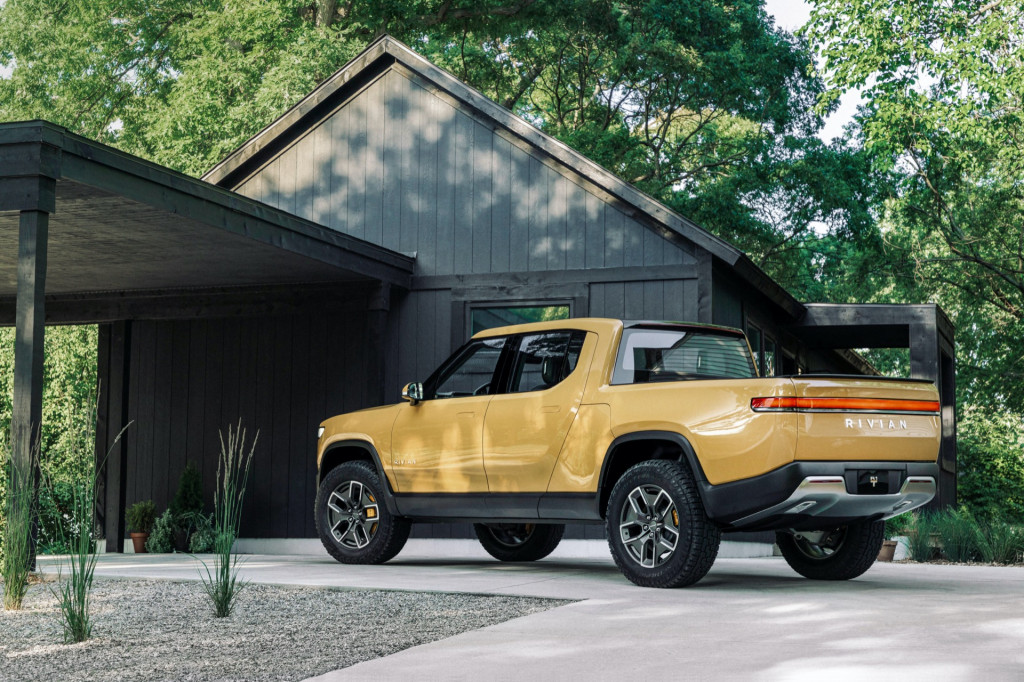
Rivian R1T
And in case you missed it, EPA range ratings for the 2022 Rivian R1T and R1S were released right before the holiday weekend. Both models top 300 miles of range, which exceeds what Rivian had anticipated all along.
_______________________________________




